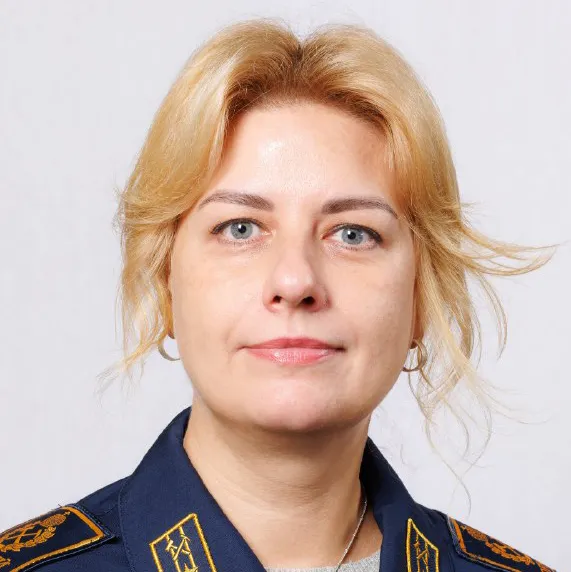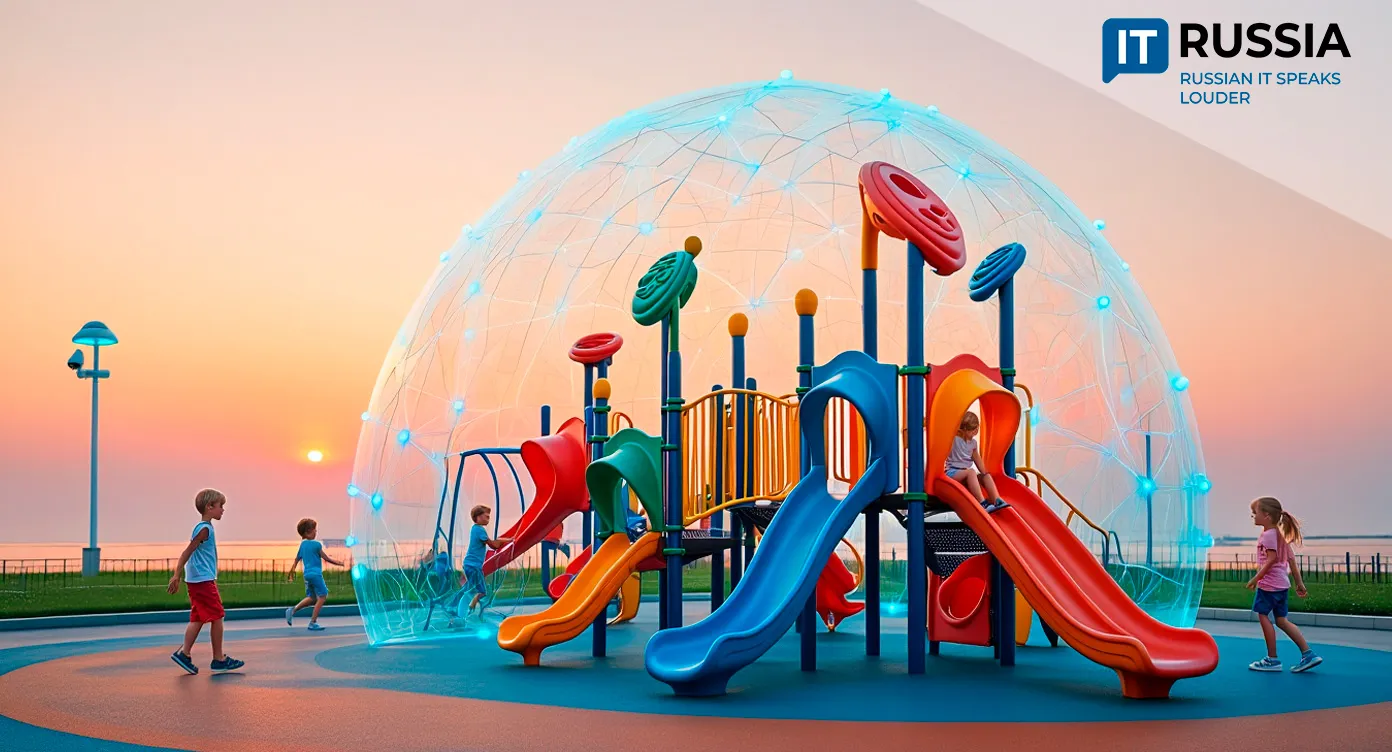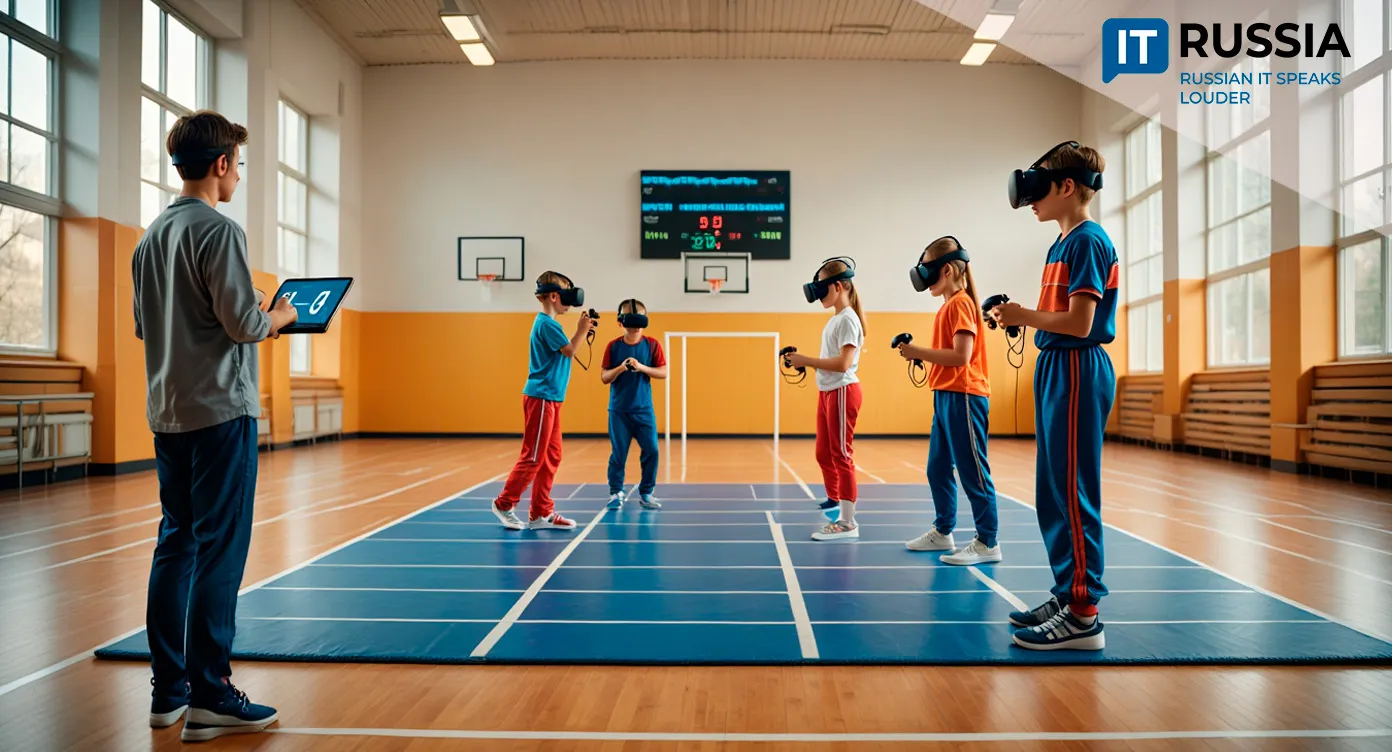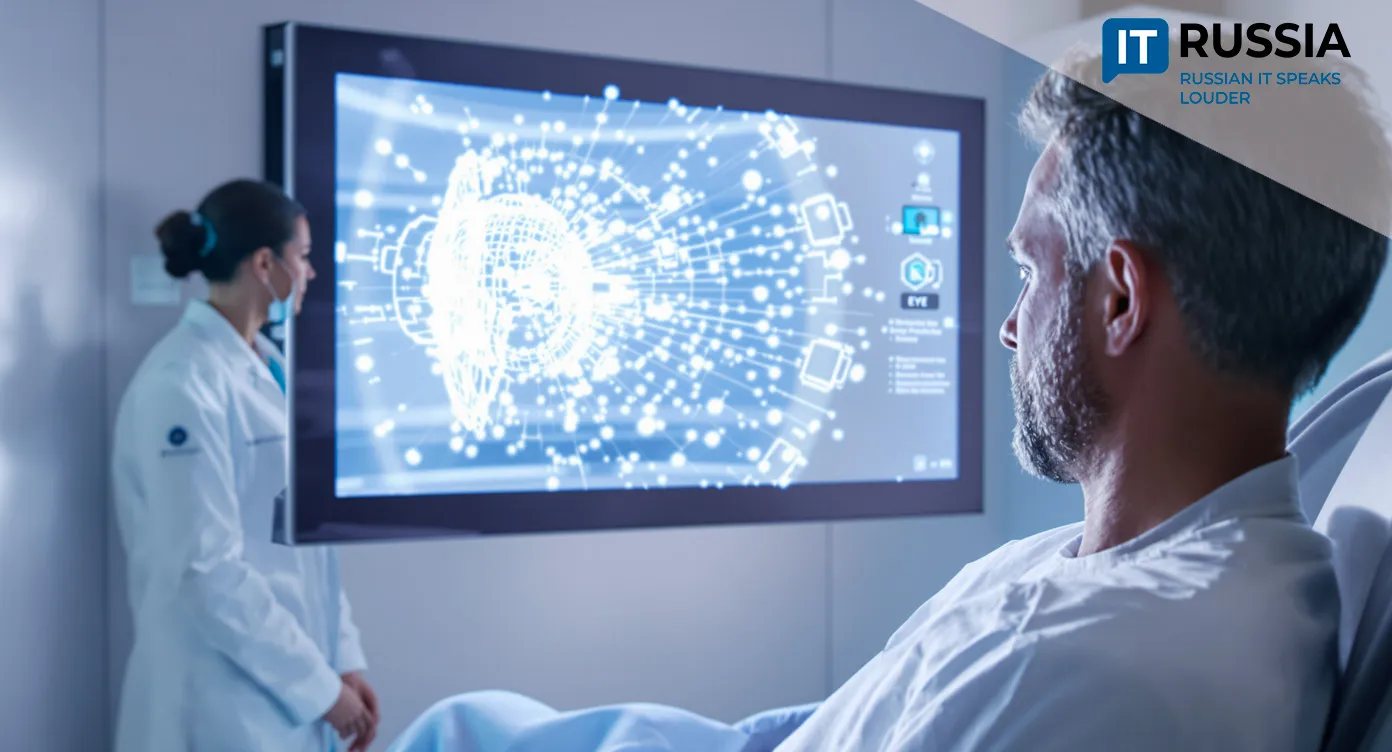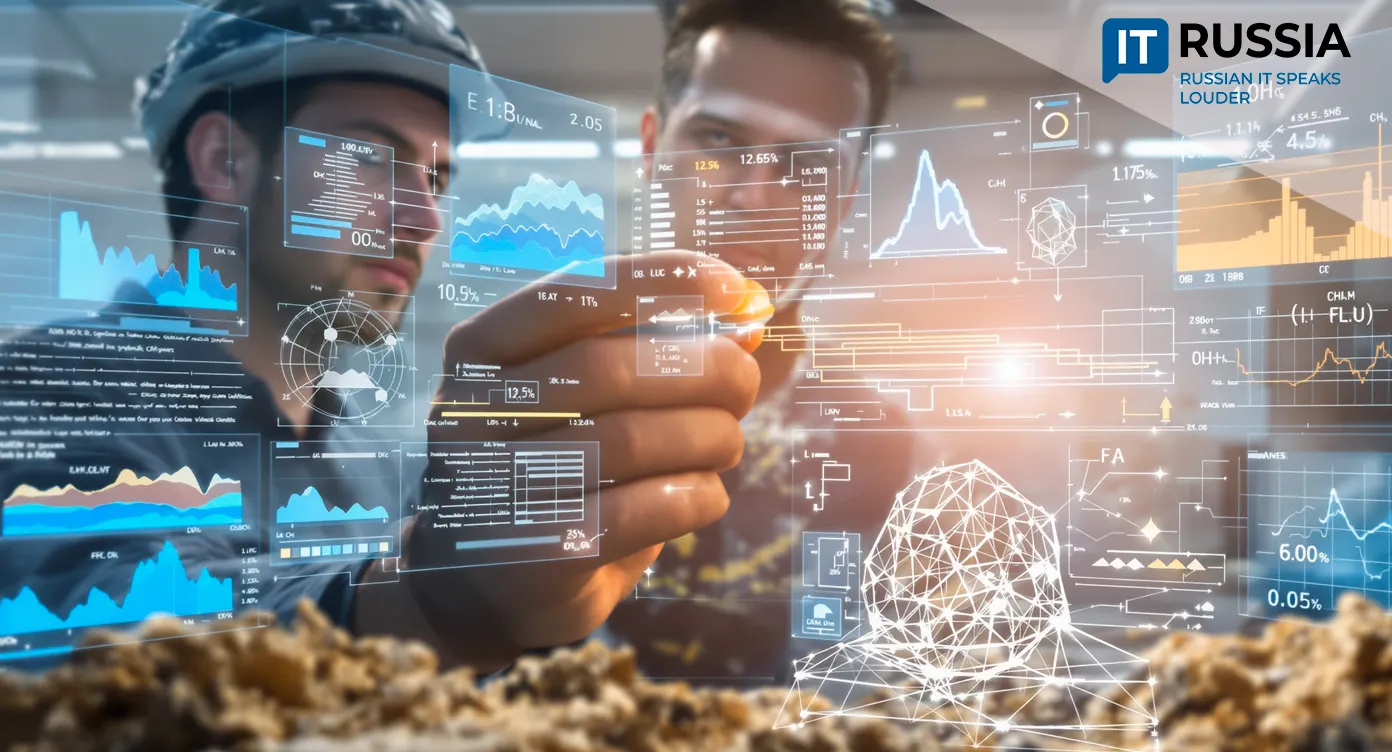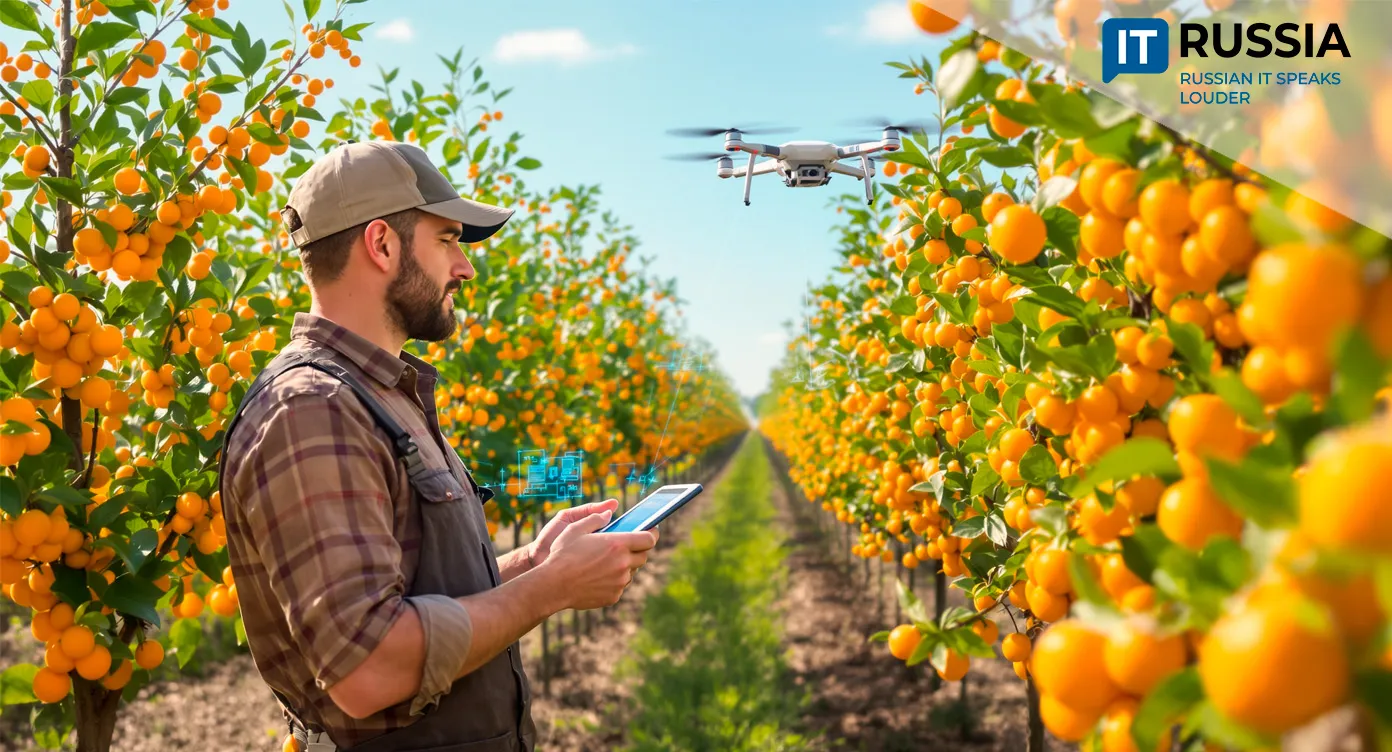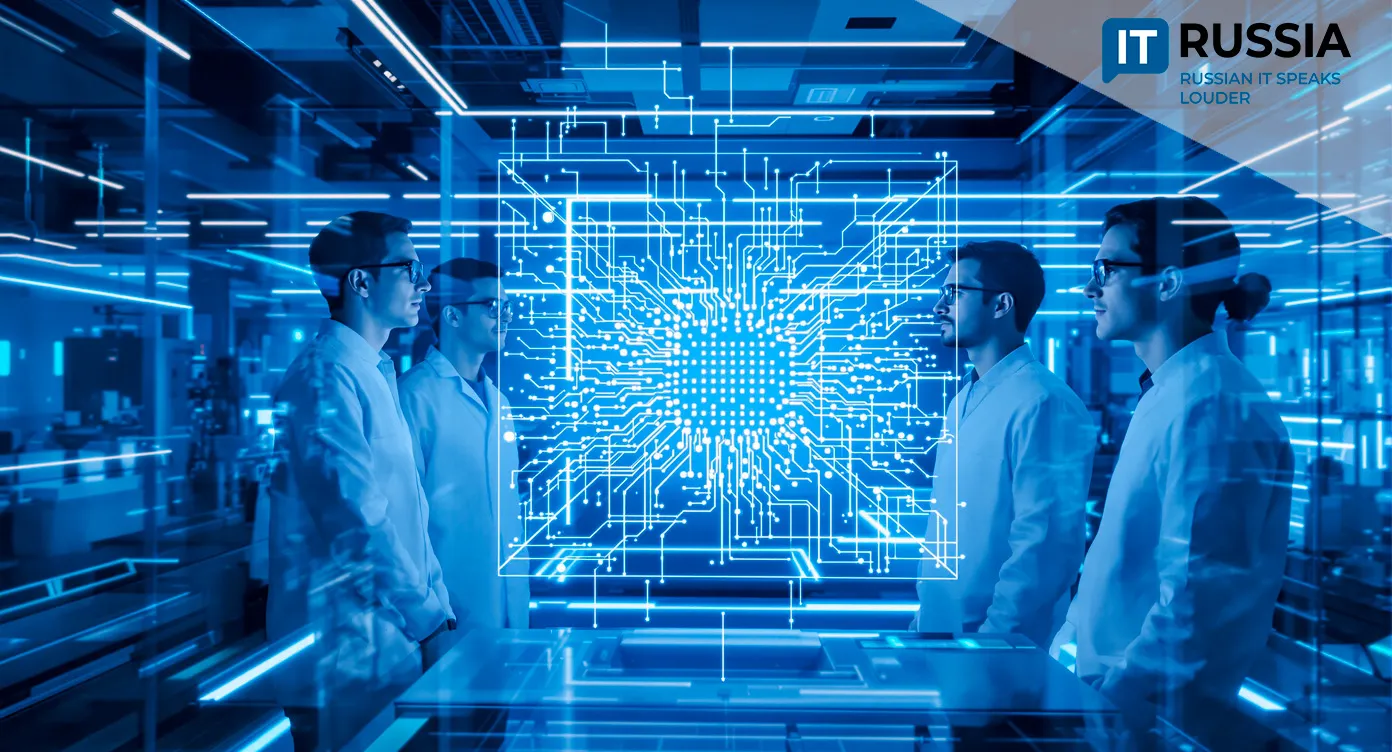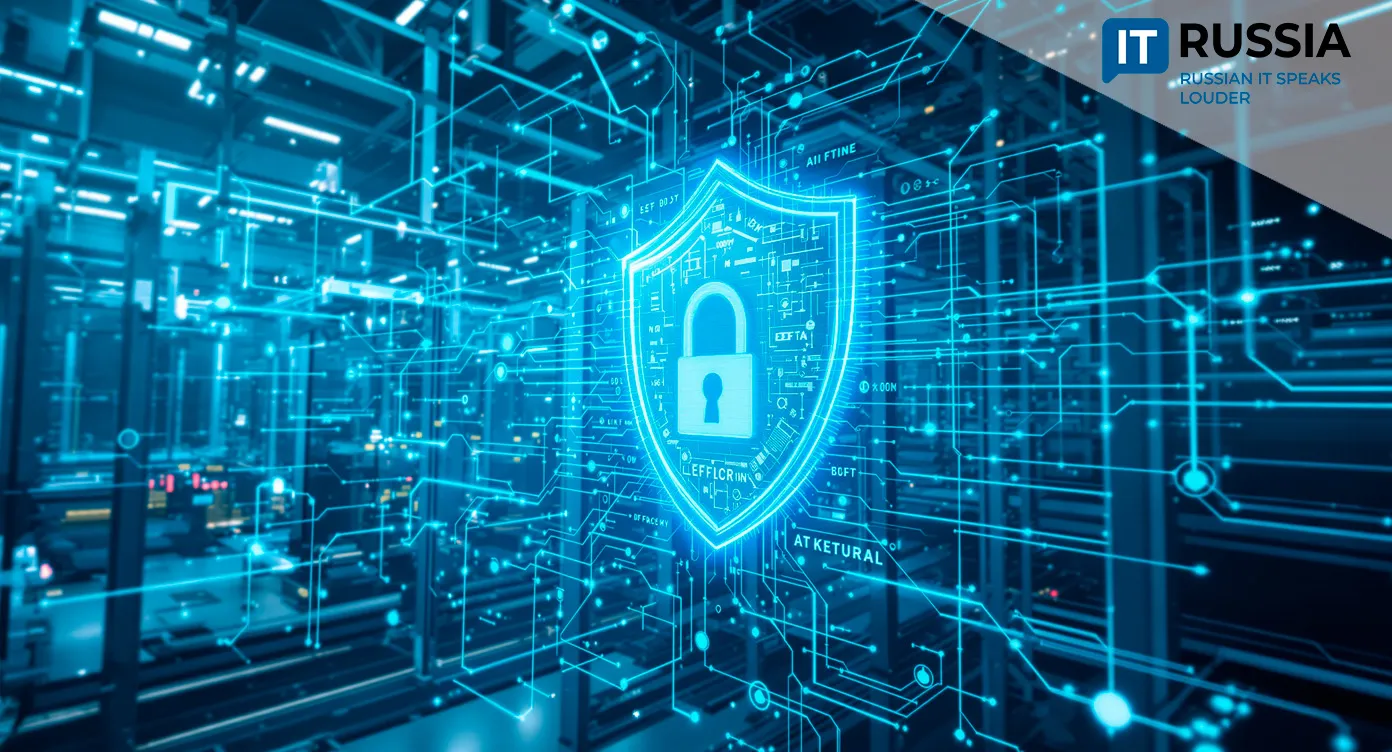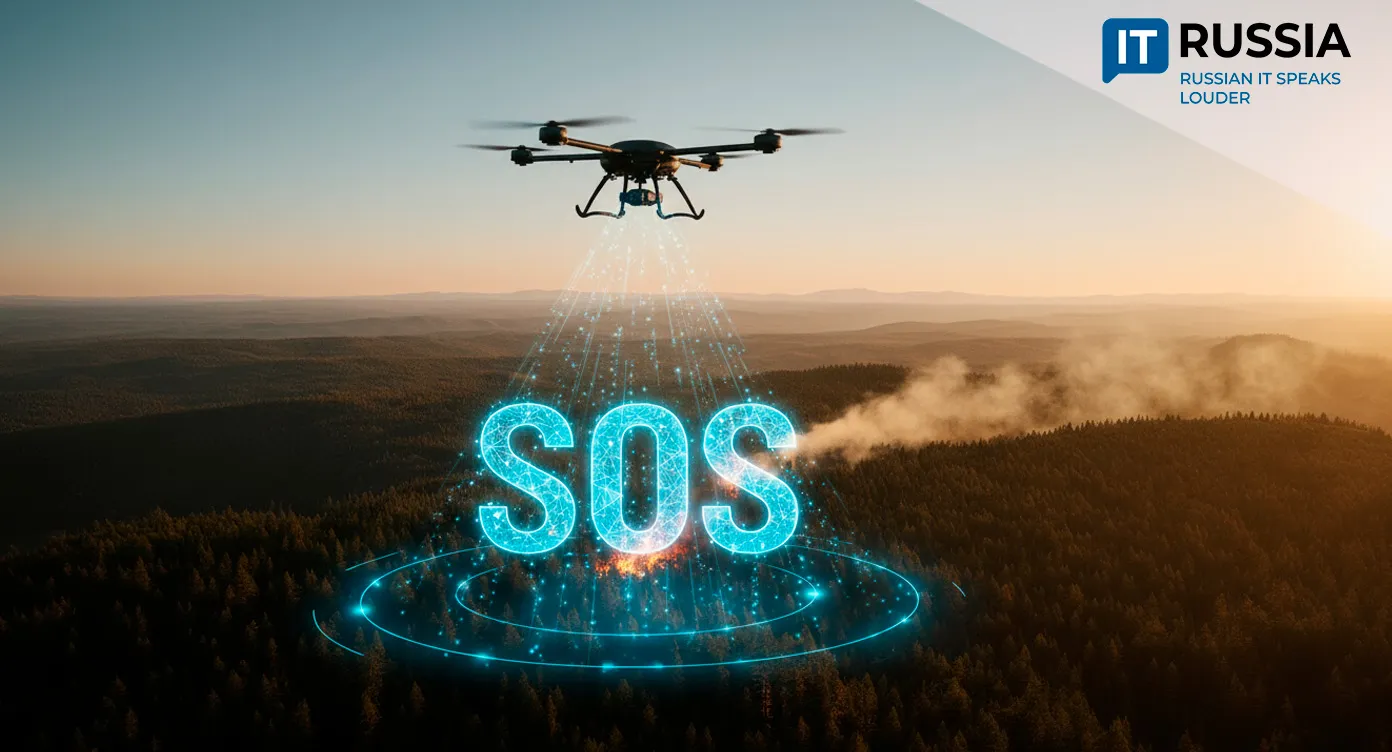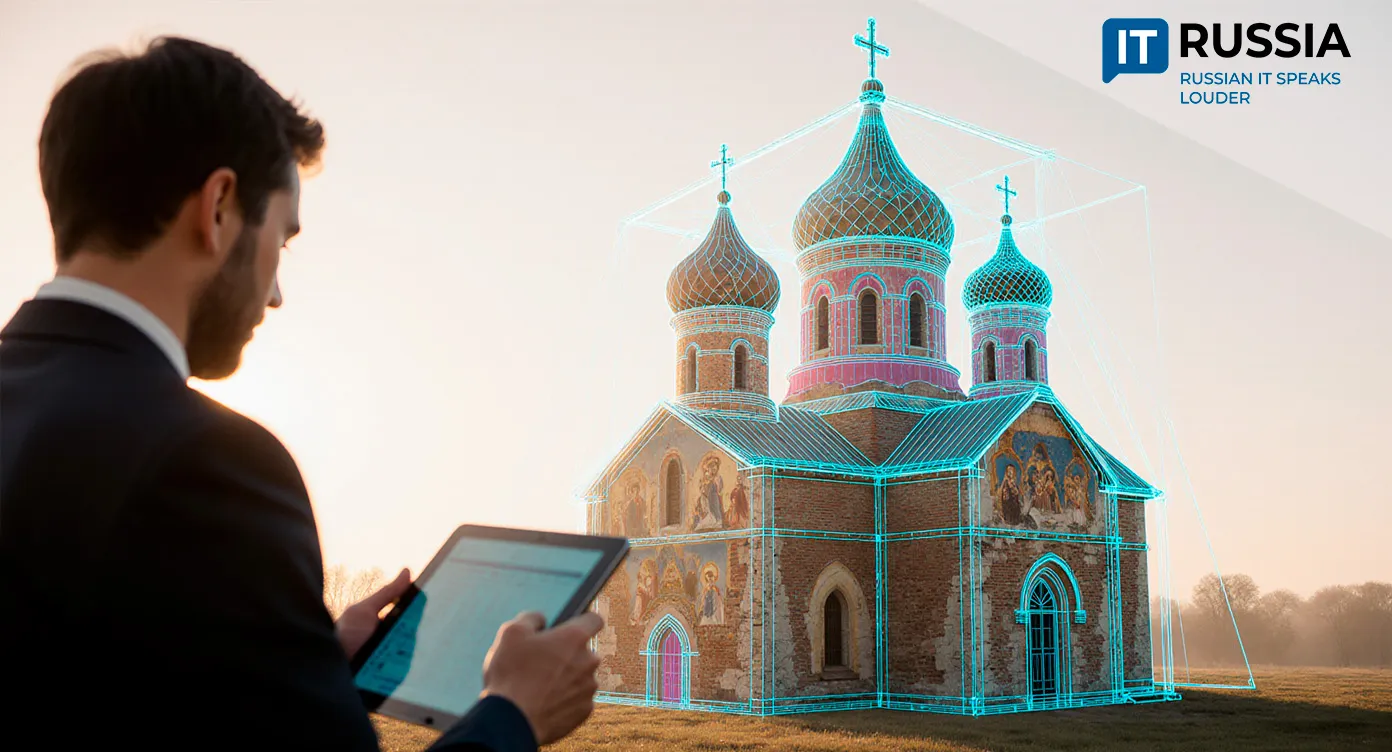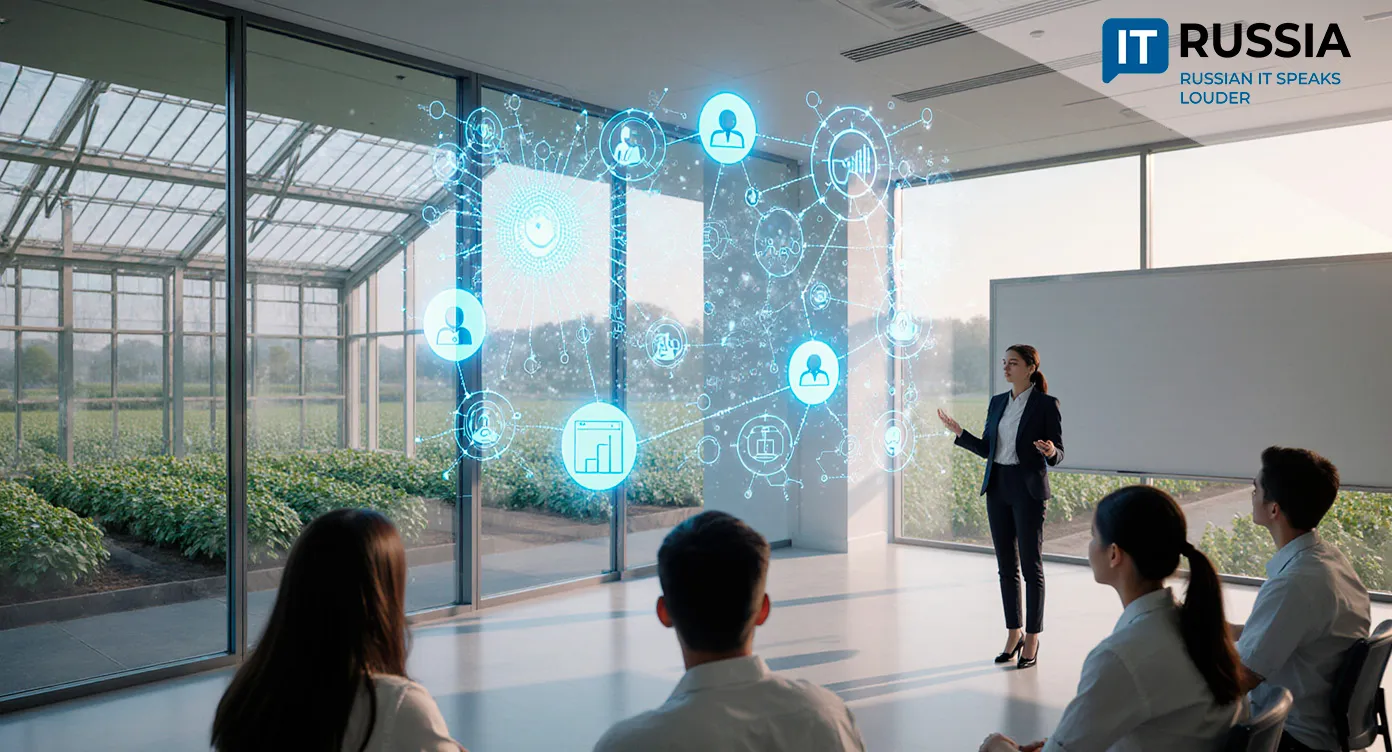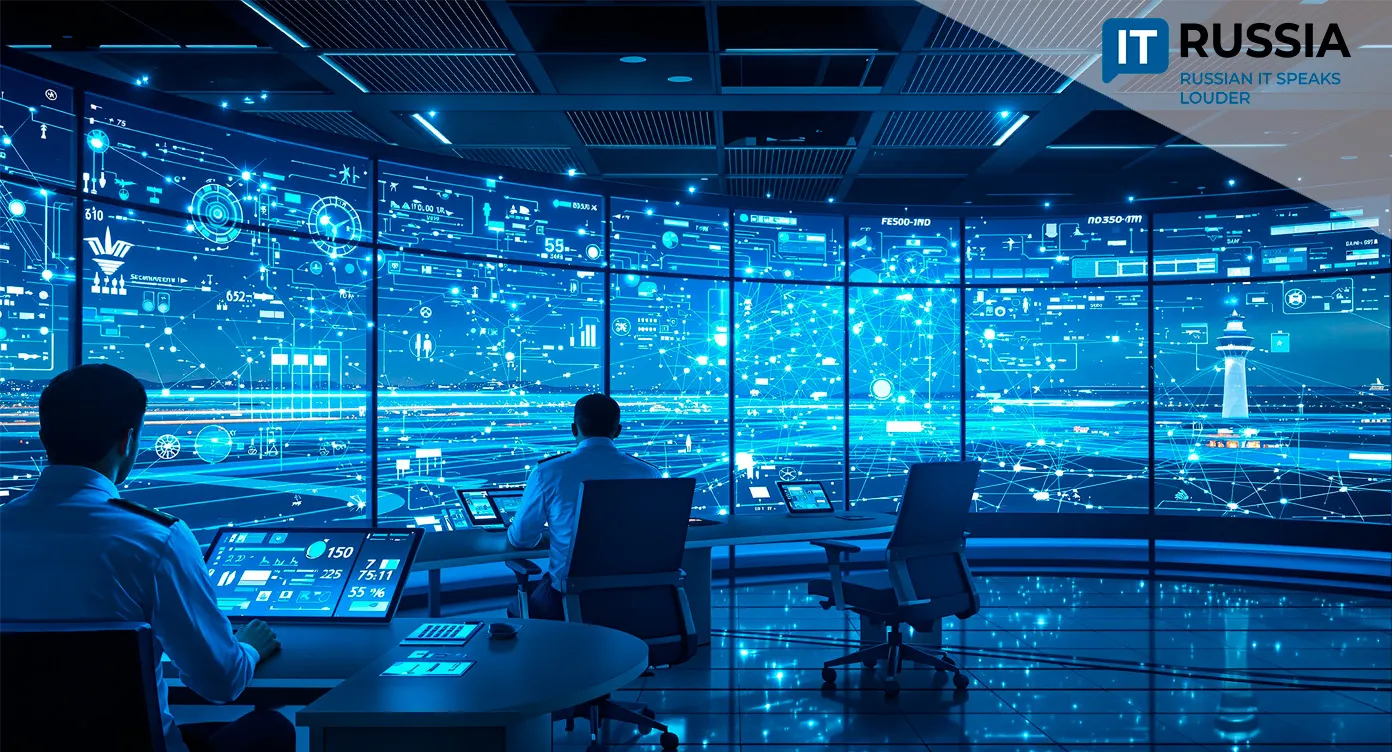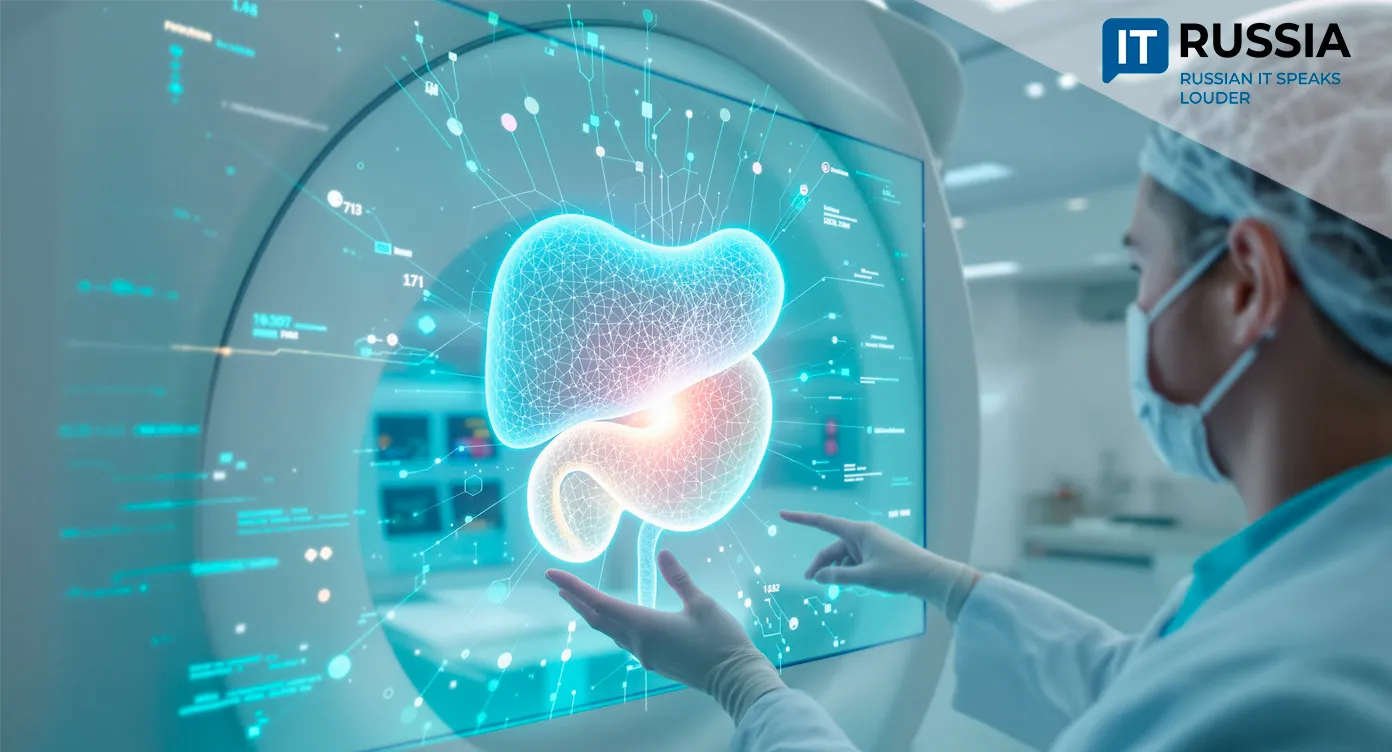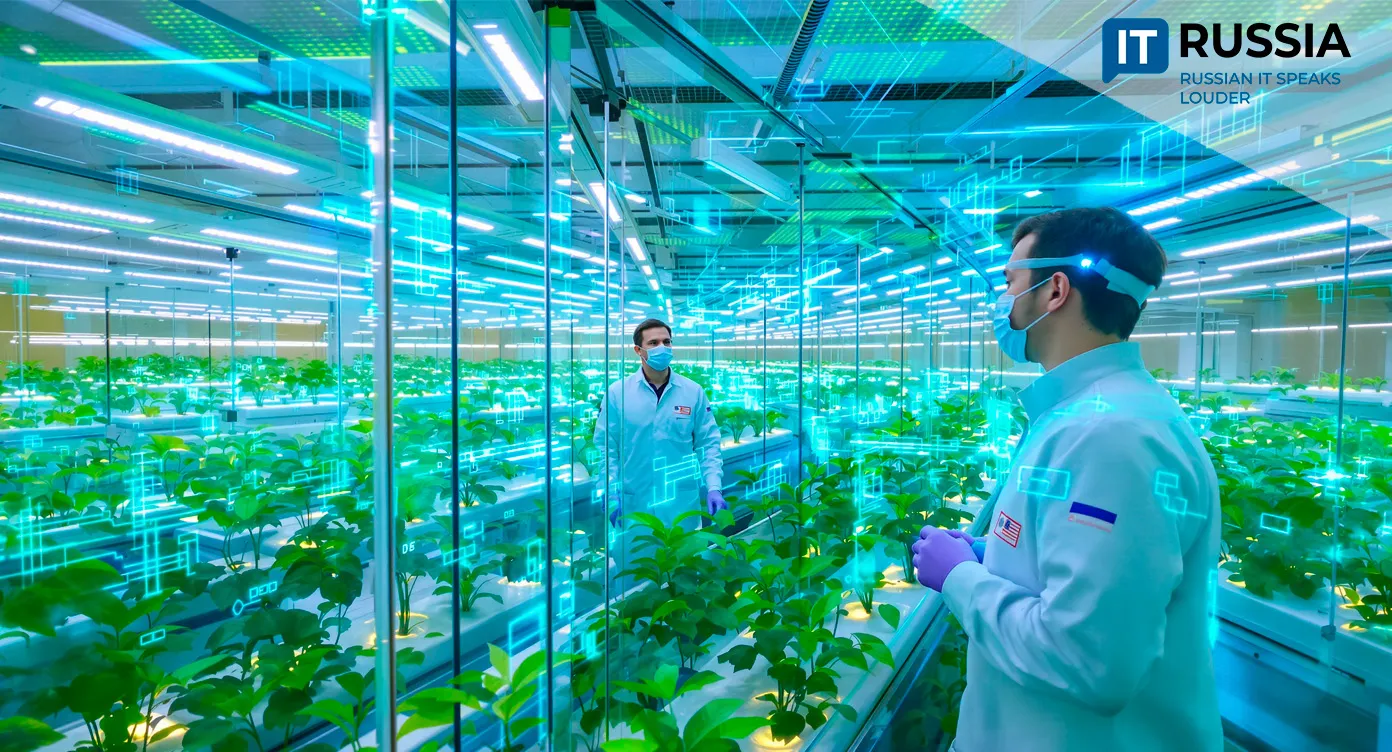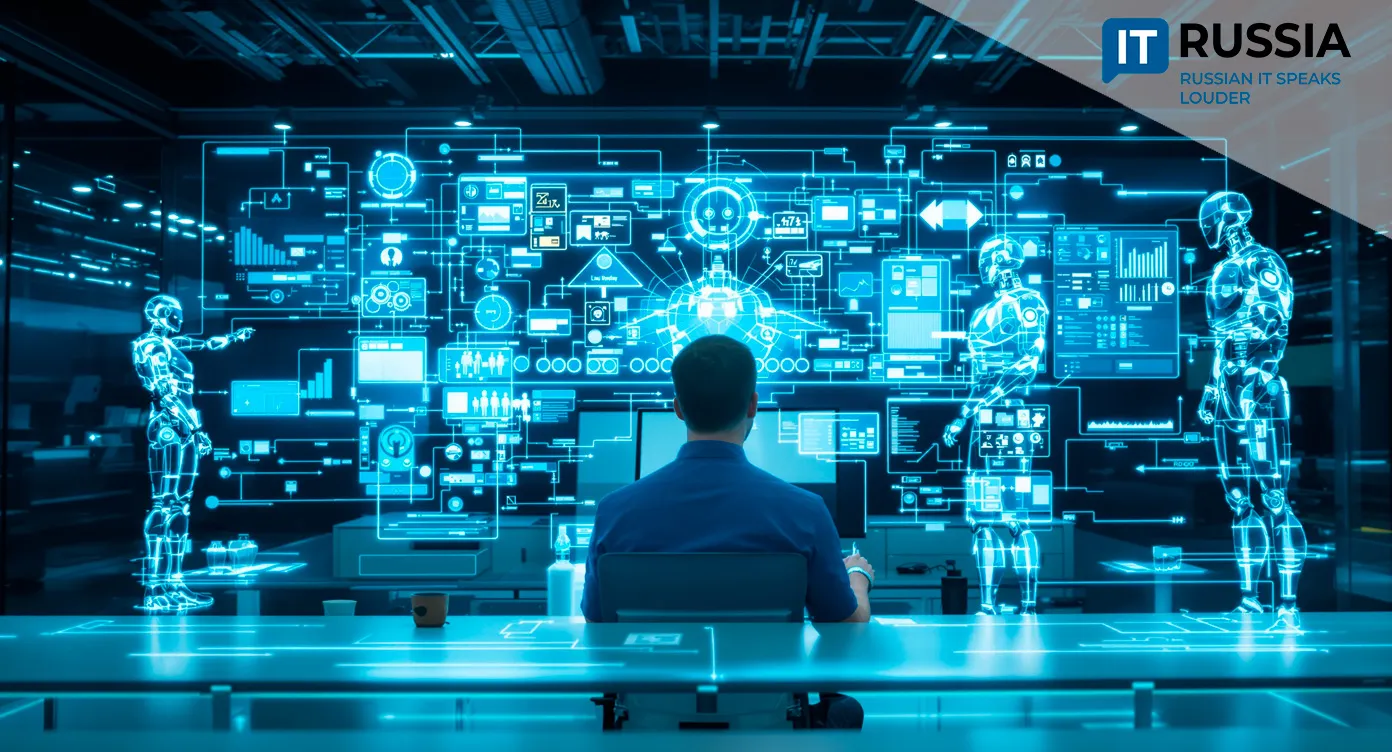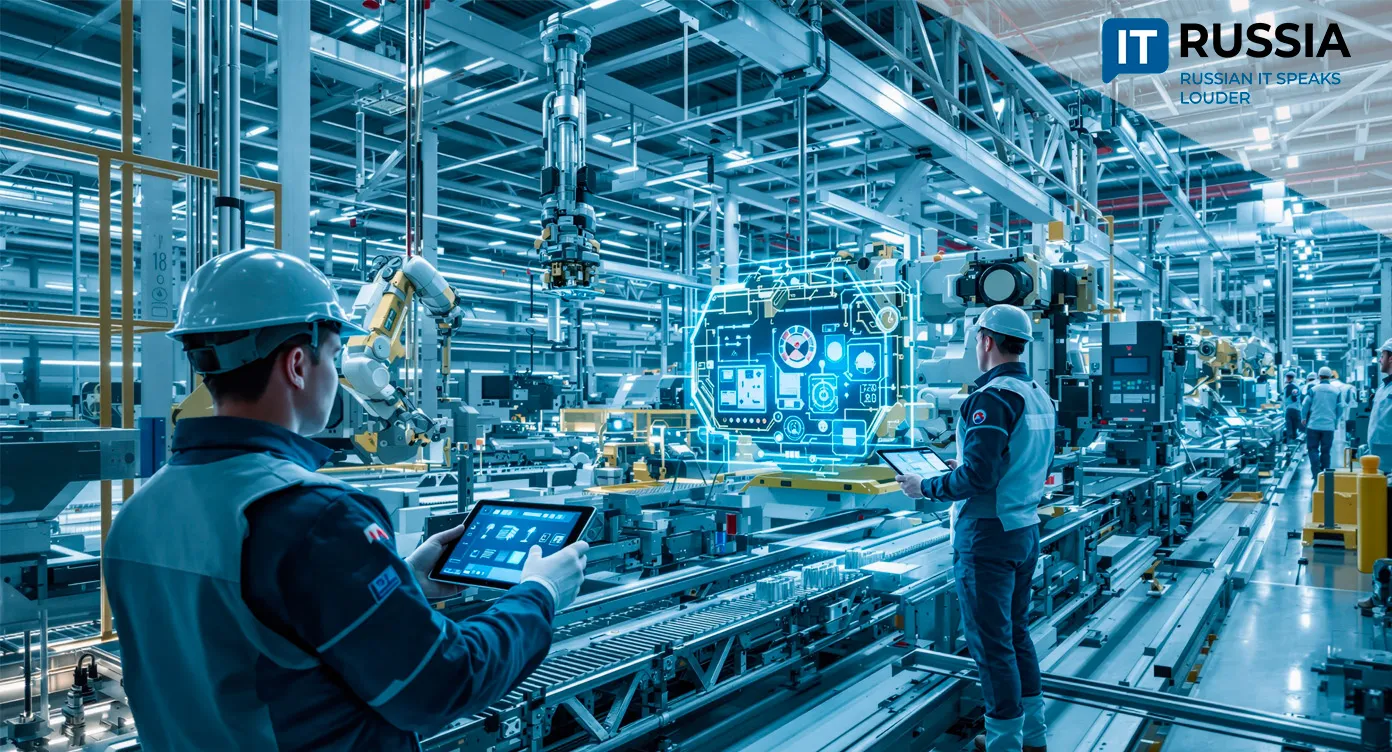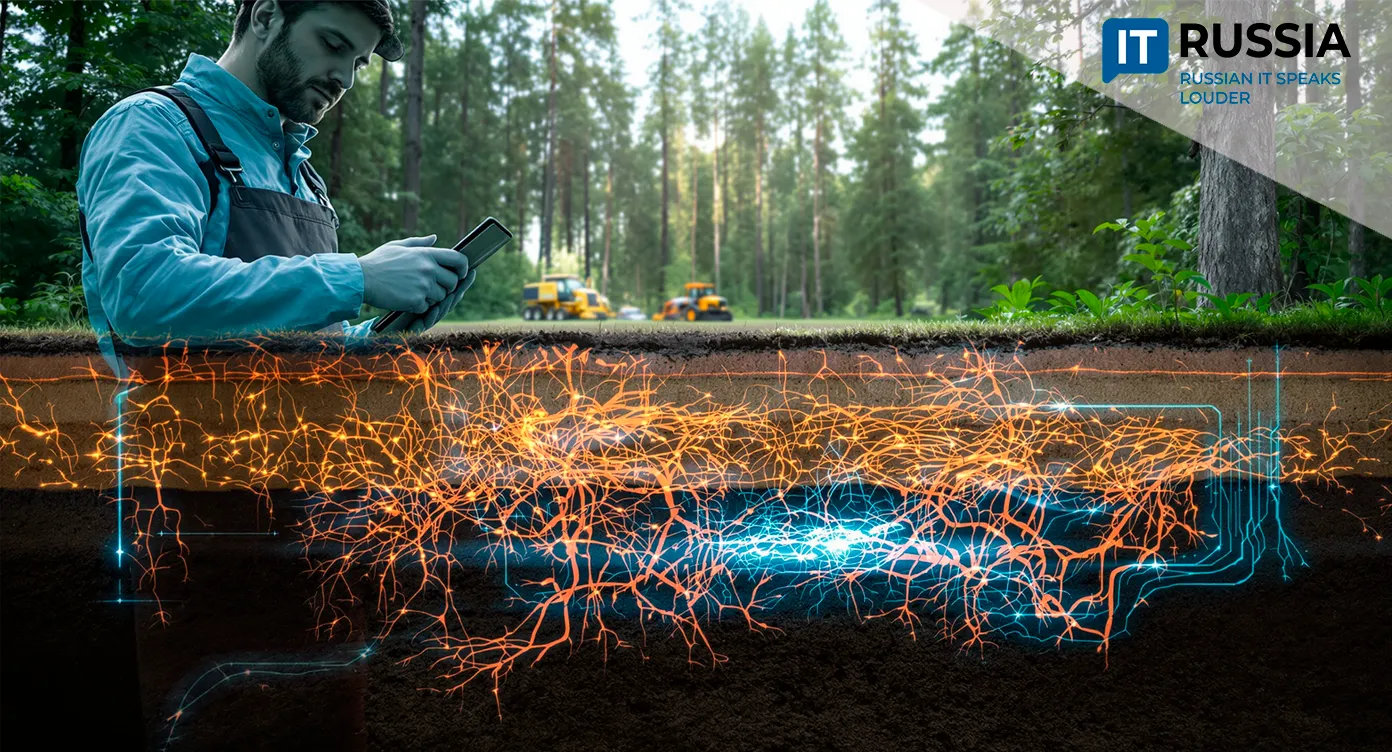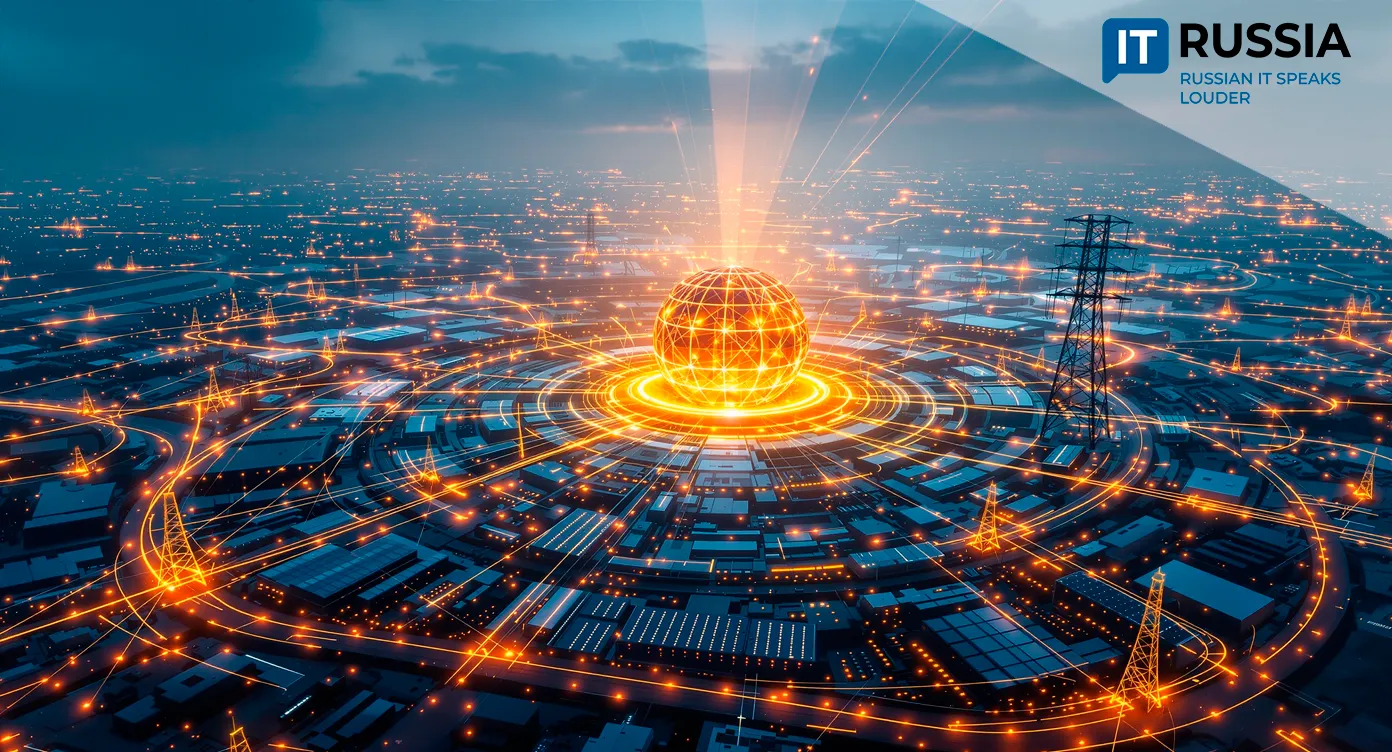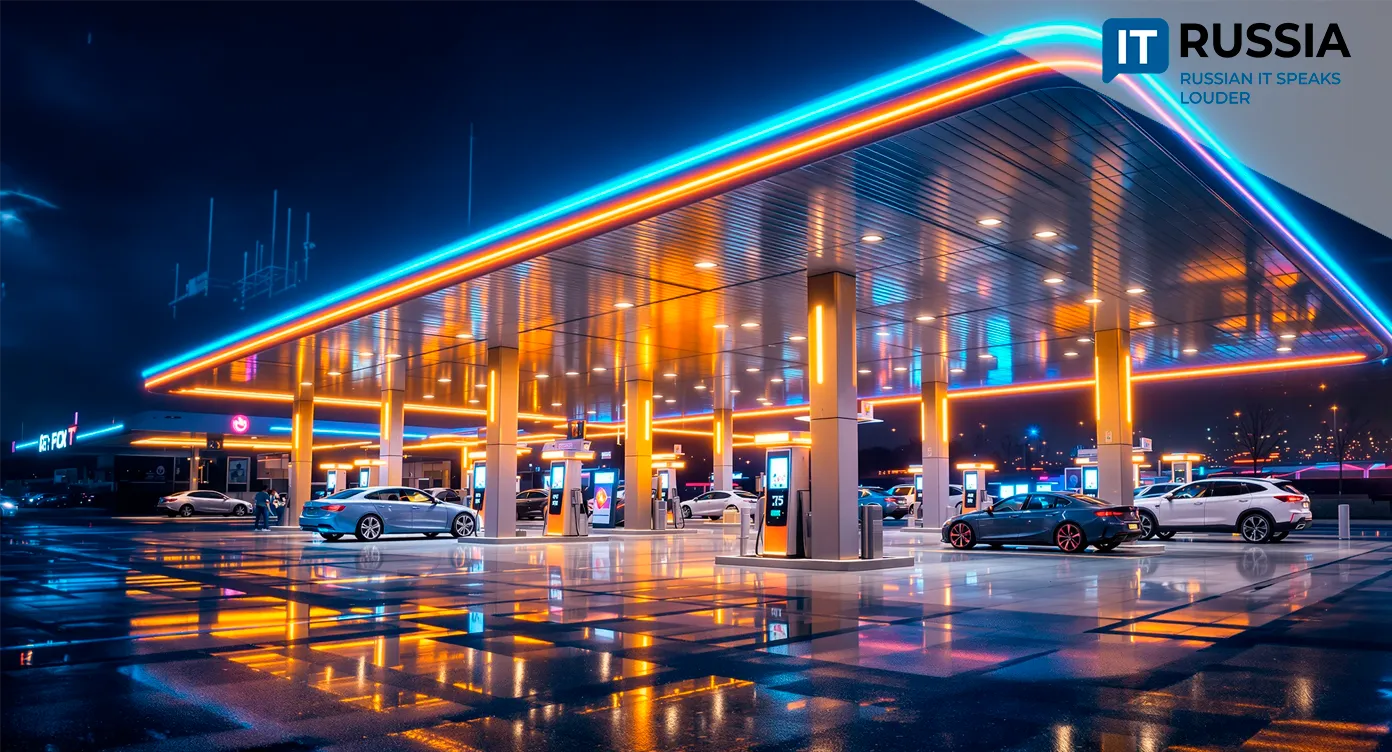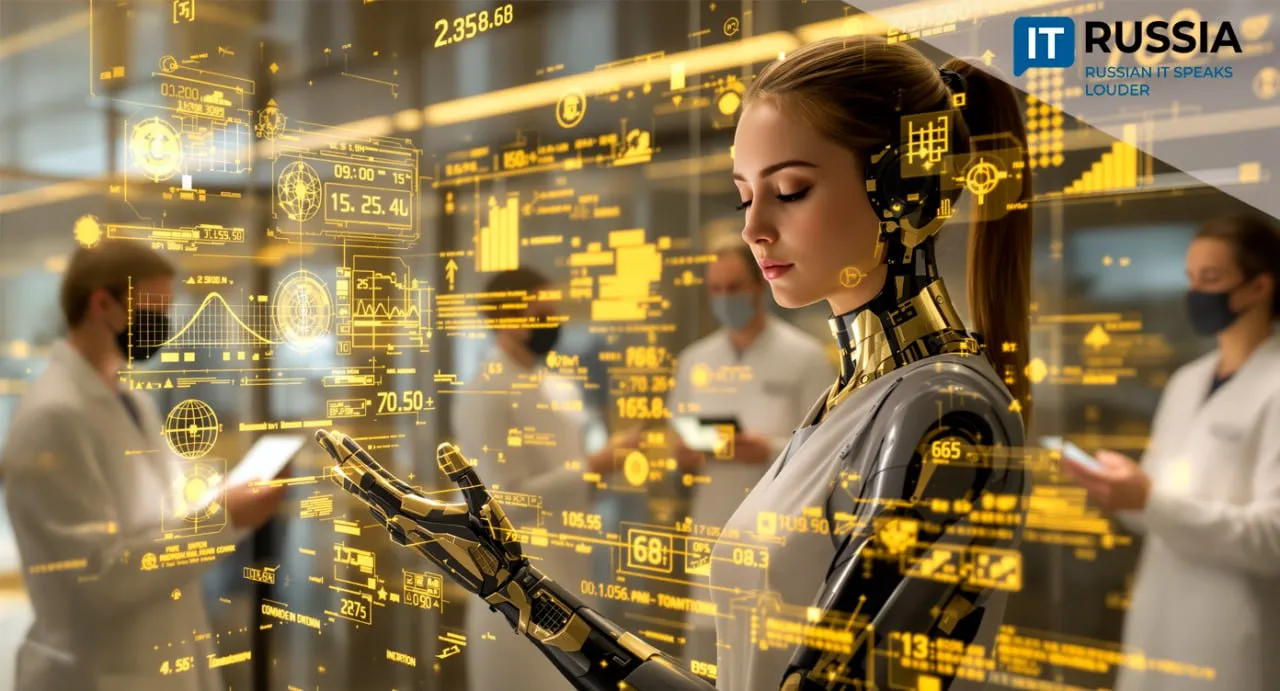From Drafting Boards to Digital Mines: St. Petersburg Mining University Embraces 3D Modeling
Future geologists in Russia are mastering a new kind of 'engineering thinking' — a blend of technical intuition, data analysis, and digital literacy that is transforming how the next generation approaches the study and design of natural resources.

From Blueprints to Digital Horizons
Just five years ago, geology and engineering students spent nights hunched over large drafting sheets, meticulously sketching cross-sections and diagrams. Today, their most valuable skills include 3D subsurface modeling, geoinformation systems (GIS), data analytics, and digital design. St. Petersburg Mining University’s initiative marks a natural evolution of geotechnical education. In an era when the mining and construction industries increasingly speak the language of BIM, geoinformatics, and digital twins, universities are reshaping not just their curricula but the mindset of future engineers.
“Modeling teaches students to think systemically — to see the relationships between elements, predict consequences, and experiment safely without wasting resources or time,” said Lyubov Nikolaychuk, Head of the Department of Applied Digital Technologies at St. Petersburg Mining University.
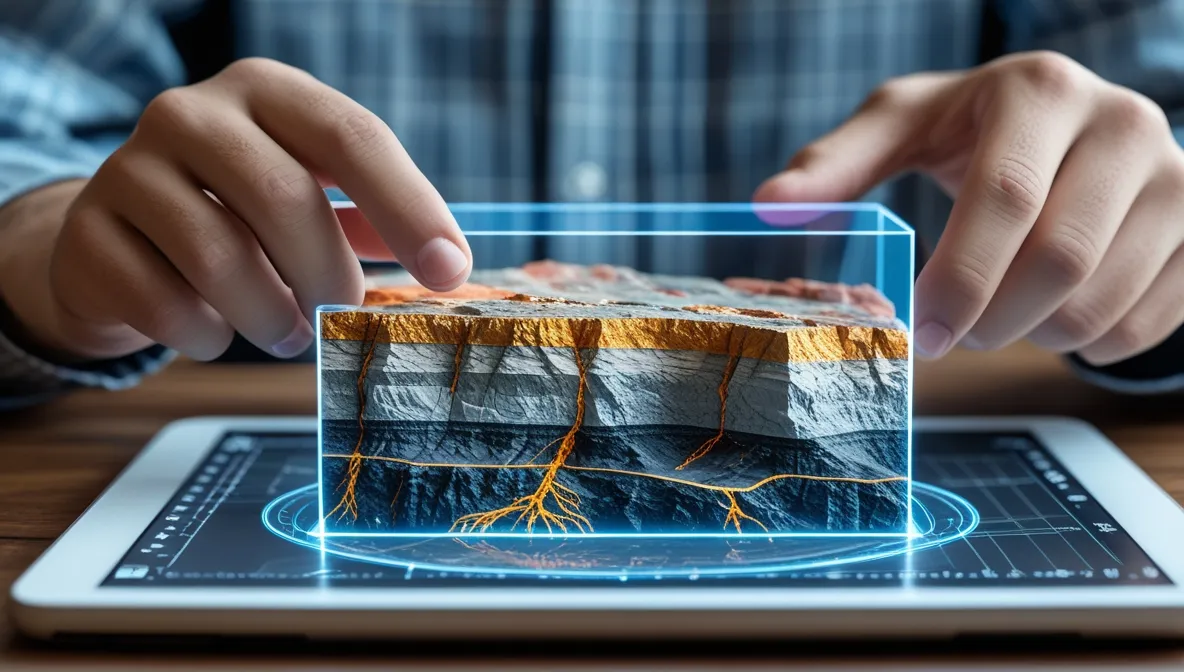
For Russia, this transition carries strategic importance. Mining and geological exploration form the backbone of the national economy, and their competitiveness depends directly on the quality of workforce training. Modern engineers skilled in 3D modeling can reduce design errors, improve resource extraction efficiency, and mitigate environmental risks.
Digital Mines and Global Recognition
Experts predict that similar programs will soon appear in other technical universities across Russia. The labor market increasingly values digital skills, and industries — from construction to mining — are intensifying their demand for digitally fluent professionals. Russian advances in geological 3D modeling are already attracting international attention.
For example, the journal "Minerals" recently published a study by scientists from the Kola Science Center of the Russian Academy of Sciences describing a 3D model of the Kovdor Carbonatite Complex, one of the largest deposits of iron, phosphorus, and zirconium in Russia. The project demonstrates that Russian geoscience modeling can compete on a global scale.
However, exporting such educational and technological practices will require adaptation to international standards, licensing, and language localization. There is also the challenge of bridging the "digital divide". Not every regional university can afford expensive software licenses, hardware, or faculty retraining — many professors were themselves educated in the era of paper drafting.
This disparity risks deepening educational inequality between top metropolitan universities and smaller regional institutes. Still, Russia’s nationwide digital education initiatives aim to narrow that gap and align competencies across regions.
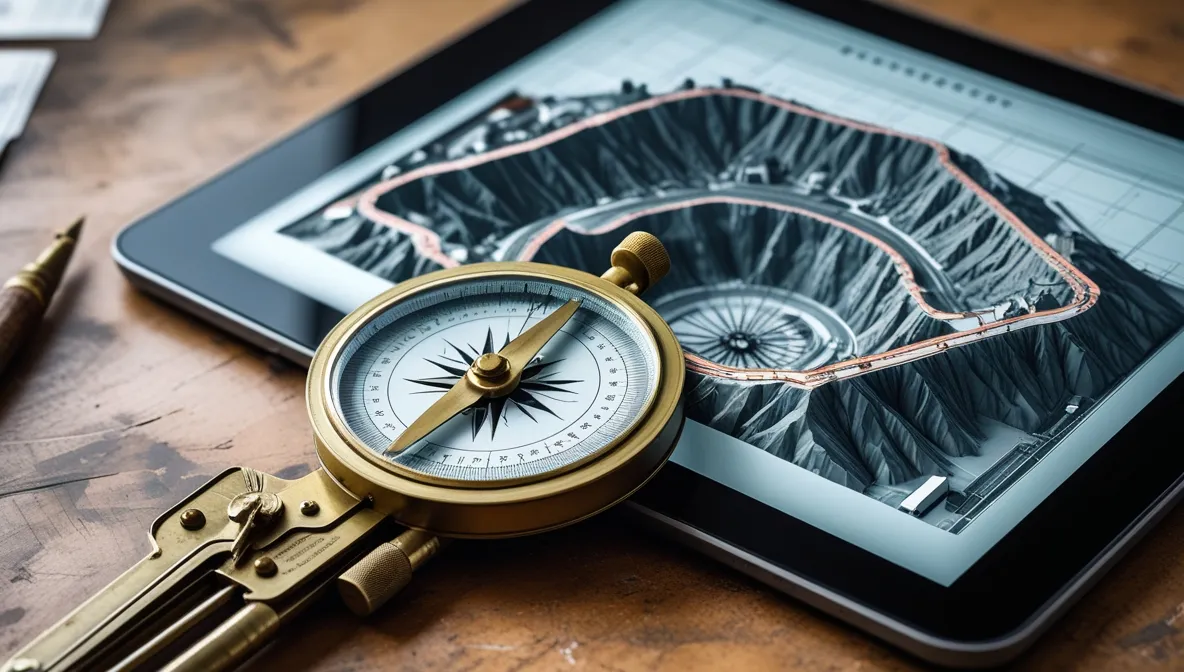
The BIM Boom and Beyond
The shift from paper drawings to 3D modeling didn’t happen overnight. Over the past five years, Russian higher education has systematically advanced toward digital transformation. In 2019, the National University of Science and Technology MISIS launched a master’s program dedicated to BIM technologies, designed to train specialists proficient in data analysis, programming fundamentals, and the application of BIM in urban planning and industrial projects.
Another milestone was the cross-border BIM ICE project between Finland and Russia, which ran from April 2020 to September 2022. Its goal was to accelerate the adoption of BIM technologies in construction and architectural design. Cutting-edge research on automated 3D subsurface mapping and the 2024 studies on digital twin technologies in engineering education confirmed that the trend has become mainstream.
While St. Petersburg’s Mining University demonstrates regional leadership, its initiative signals a nationwide transition — from experimentation to systemic practice.
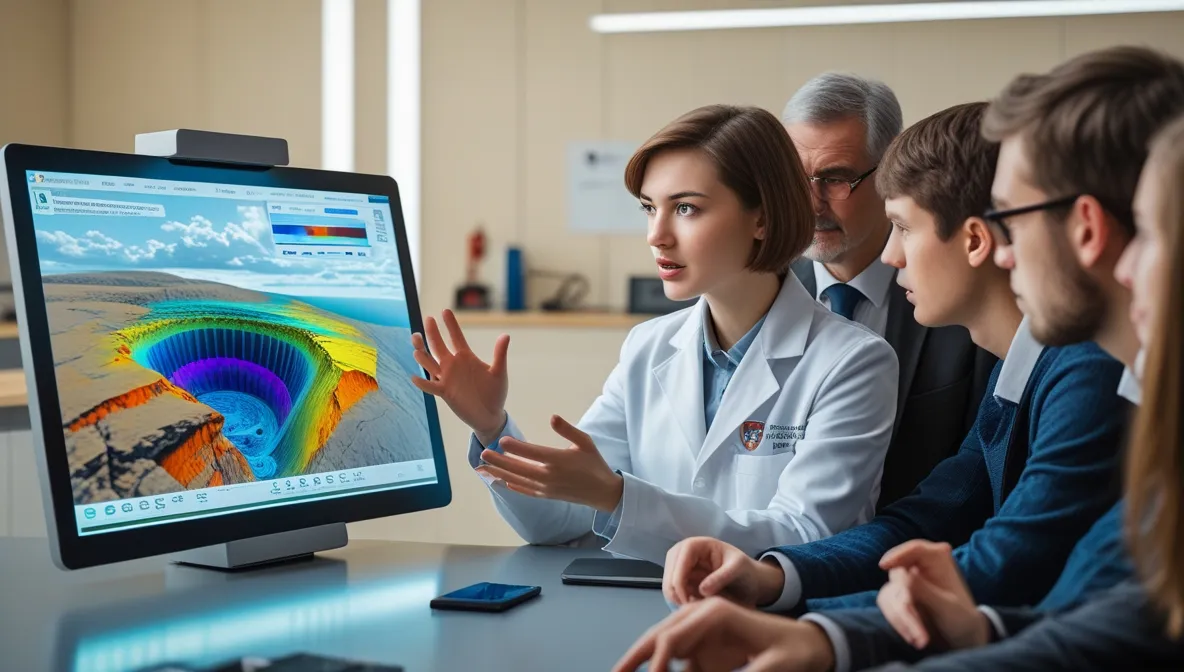
Cultivating the "Engineering Mindset"
The true value of this transformation lies not in abandoning paper but in developing a new way of thinking. This emerging 'engineering mindset' combines technical intuition, analytical reasoning, and digital fluency.
When Russia’s education system succeeds in scaling such initiatives and ensuring equal access to technology and qualified instruction, it will cultivate not just engineers but architects of the country’s digital industrial future.


